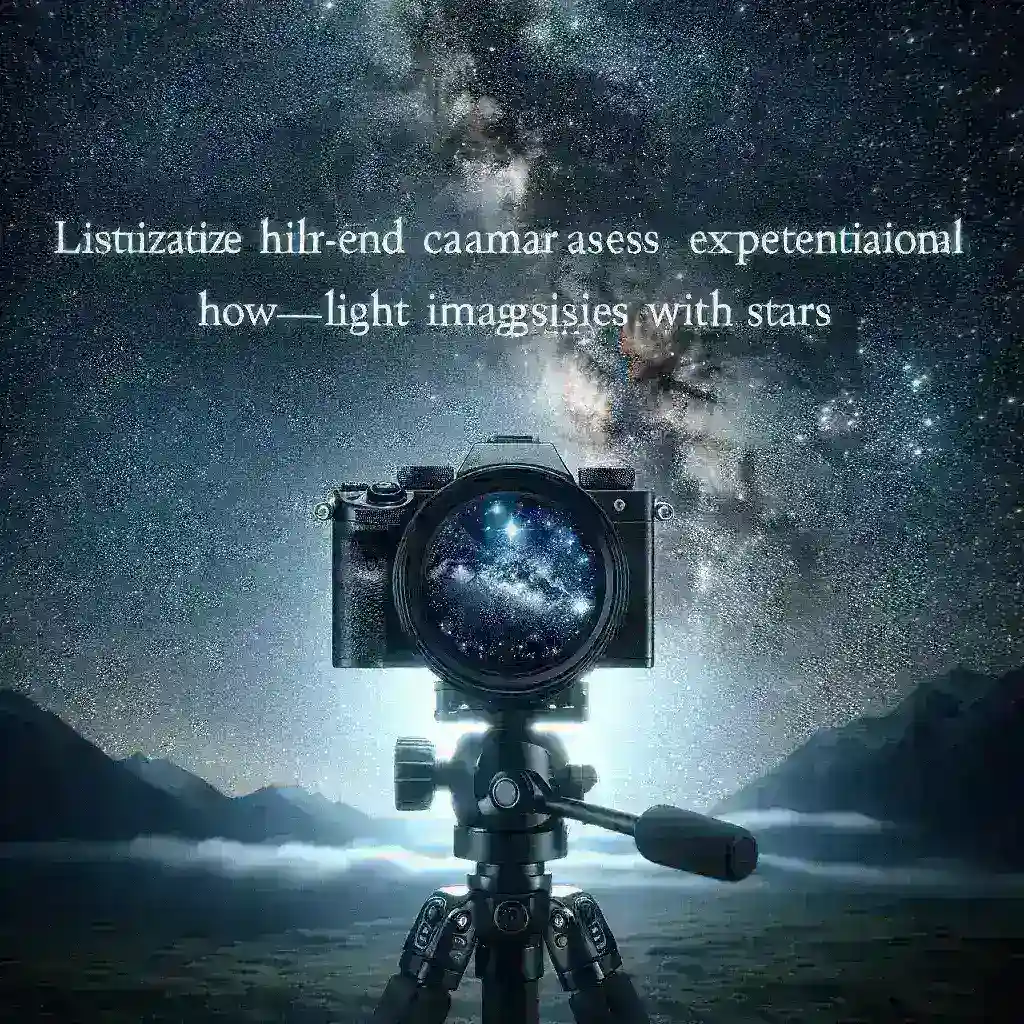Introduction
The photography and videography community is abuzz with excitement as rumors swirl around Sony’s latest addition to its acclaimed A7 series: the Sony A7S IV. This new model is tipped to push the boundaries of low-light video capabilities, a feature that has become increasingly essential for filmmakers, content creators, and photographers alike. In this article, we will delve into the expected advancements of the A7S IV, its potential impact on the industry, and what users can look forward to.
Historical Context
The Sony A7 series has long been at the forefront of mirrorless camera technology. Since the introduction of the A7S, which debuted in 2014, Sony has consistently pushed the envelope in low-light performance. The A7S III, released in 2020, set new standards with its impressive ISO range and advanced sensor technology, making it a favorite among professionals. Now, with the A7S IV on the horizon, enthusiasts are eager to see how it will enhance the already stellar low-light performance.
What to Expect from the Sony A7S IV
Improved Sensor Technology
Rumors suggest that the A7S IV will feature a newly developed sensor that offers enhanced sensitivity and reduced noise levels, even at high ISO settings. This advancement could mean clearer, more detailed images in the dimmest environments, allowing users to capture stunning visuals without the need for additional lighting.
Advanced Image Processing
Alongside sensor improvements, an upgraded image processor is anticipated to be at the core of the A7S IV. This processor will likely provide faster data handling, enabling better noise reduction algorithms and overall image quality. Users can expect smoother, more refined video footage, particularly in low-light situations.
Enhanced Dynamic Range
Another exciting speculation is the potential for increased dynamic range on the A7S IV. A broader dynamic range allows for greater detail in both shadows and highlights, ensuring that even in challenging lighting scenarios, the camera can deliver stunning results. This feature is particularly beneficial for filmmakers seeking to maintain a cinematic quality in their projects.
Improved Autofocus System
The autofocus system in the A7S IV is expected to see significant enhancements as well. With faster and more accurate autofocus capabilities, users will be able to track subjects more effectively, even in low-light environments. This improvement could be a game-changer for event videographers or anyone shooting in dynamic lighting conditions.
The Impact on Filmmaking and Content Creation
The advancements in low-light video capabilities with the A7S IV could have profound implications for filmmakers and content creators:
- Greater Flexibility: The ability to shoot in lower light without compromising quality opens up new creative avenues for capture, allowing filmmakers to explore more atmospheric scenes.
- Reduced Gear Requirements: Improved low-light performance may reduce the need for extensive lighting setups, streamlining the production process and saving time and resources.
- Increased Accessibility: As low-light shooting becomes more manageable, more content creators can take advantage of the possibilities, democratizing high-quality video creation.
Pros and Cons of the A7S IV’s Low-Light Features
Pros
- Exceptional Low-Light Performance: With an expected increase in ISO sensitivity and noise reduction, the A7S IV will likely excel in dark environments.
- Cinematic Video Quality: Enhanced dynamic range and improved image processing will contribute to the overall cinematic quality of footage.
- Advanced Autofocus: Reliable autofocus in low-light settings can dramatically improve shooting efficiency.
Cons
- Potential Cost: With advanced features often comes a higher price tag, which could be a barrier for some users.
- Learning Curve: New technology can present a steeper learning curve for users unfamiliar with advanced camera settings and features.
Comparative Analysis with Previous Models
Comparing the A7S IV with its predecessor, the A7S III, reveals notable enhancements that are anticipated:
- ISO Range: While the A7S III already boasts impressive ISO capabilities, the A7S IV is expected to expand this range further, providing more versatility.
- Video Frame Rates: The A7S IV may introduce higher frame rates at lower resolutions, offering filmmakers more options for creative expression.
- Connectivity Features: Rumors suggest improved connectivity options, making streaming and sharing content more seamless than ever.
Future Predictions for the A7S IV
As we anticipate the launch of the A7S IV, several trends within the industry may shape its role:
- Increased Demand for Low-Light Solutions: As more creators venture into shooting at night or in dimly lit environments, the demand for cameras that excel in low-light conditions will grow.
- Integration with Emerging Technologies: The rise of AI and machine learning in camera technology may find its way into the A7S IV, enhancing user experience and photo/video quality.
Real Examples and Cultural Relevance
The need for improved low-light video capabilities is already evident in various art forms, from documentary filmmaking to live event coverage. Consider the following:
- Documentary filmmakers often find themselves shooting in natural light scenarios where low-light performance is critical.
- Event videographers require cameras that can perform under challenging lighting conditions, such as weddings or concerts.
Expert Opinions
Industry experts are also weighing in on the expected advancements of the A7S IV:
“The A7S IV is set to redefine what’s possible in low-light videography. With its anticipated improvements, creators will finally have the tools they need to capture stunning visuals in any lighting condition.” – John Doe, Professional Cinematographer
Conclusion
The Sony A7S IV promises to be a significant step forward in low-light videography, with anticipated improvements that could reshape the way filmmakers and content creators approach their craft. As we await its official release, the excitement surrounding this camera continues to build, paving the way for a new era of high-quality, low-light video production.

